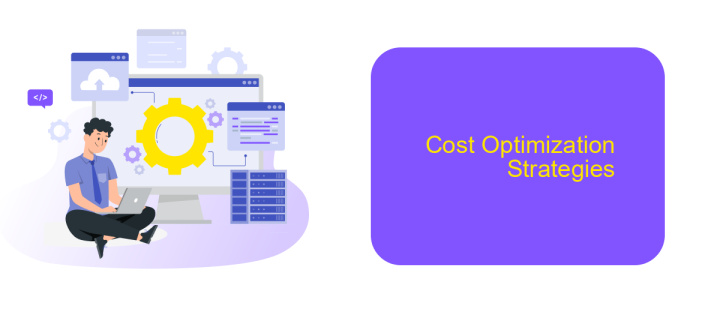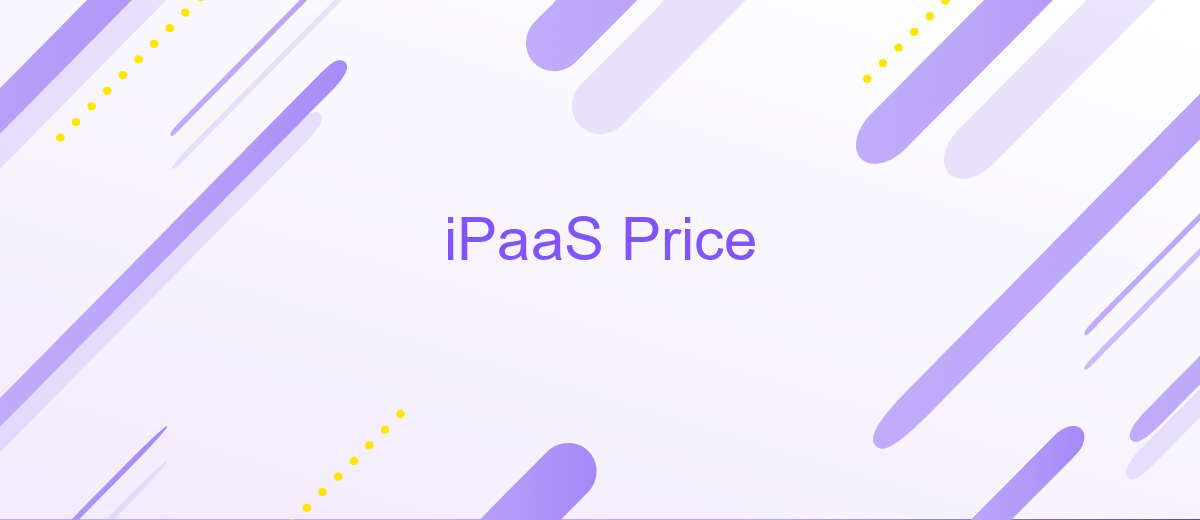iPaaS Price
In today's rapidly evolving digital landscape, Integration Platform as a Service (iPaaS) solutions have become essential for seamless data integration and workflow automation. However, understanding the pricing models of iPaaS can be complex. This article aims to demystify iPaaS pricing, helping businesses make informed decisions by exploring various cost structures, key factors influencing prices, and tips for optimizing investment in these powerful integration tools.
Introduction
In the ever-evolving digital landscape, businesses are increasingly relying on Integration Platform as a Service (iPaaS) solutions to streamline their operations. iPaaS provides a robust framework for integrating disparate systems, applications, and data sources, enabling seamless communication and data flow. Understanding the pricing structures of iPaaS solutions is crucial for businesses to make informed decisions and optimize their budgets.
- Subscription-based pricing
- Pay-as-you-go models
- Tiered pricing plans
- Custom pricing based on specific needs
Each pricing model offers distinct advantages and potential drawbacks. For instance, ApiX-Drive, a popular iPaaS provider, offers flexible pricing options that cater to various business needs. By evaluating these options, businesses can select the most cost-effective solution that aligns with their integration requirements. This section will delve into the different iPaaS pricing models, helping you navigate the complexities of choosing the right platform for your organization.
Pricing Models

Pricing models for iPaaS (Integration Platform as a Service) vary widely depending on the provider and the features offered. Generally, these models include subscription-based pricing, pay-as-you-go, and tiered pricing. Subscription-based pricing involves a fixed monthly or annual fee, providing predictable costs and access to a set range of features. Pay-as-you-go models charge users based on their actual usage, making it a flexible option for businesses with variable integration needs. Tiered pricing, on the other hand, offers different levels of service at varying price points, allowing businesses to choose a plan that best fits their requirements and budget.
Some iPaaS providers, like ApiX-Drive, offer a combination of these pricing models to cater to diverse business needs. ApiX-Drive, for instance, provides a user-friendly platform for setting up integrations without requiring extensive technical knowledge. Their pricing options include both subscription and pay-as-you-go models, ensuring that businesses of all sizes can find a suitable plan. By offering scalable solutions, ApiX-Drive helps companies efficiently manage their integration processes while keeping costs under control.
Factors Affecting iPaaS Price

The cost of iPaaS (Integration Platform as a Service) can vary significantly based on several factors. Understanding these factors can help businesses make informed decisions when selecting an iPaaS solution.
- Number of Integrations: The more integrations a business needs, the higher the cost. Each additional integration usually requires more resources and support.
- Data Volume: Larger volumes of data being transferred through the platform can increase costs. This is because more data requires more processing power and storage.
- Customization and Features: Advanced features and customization options can also raise the price. Platforms like ApiX-Drive offer extensive customization, which can be a valuable but costly addition.
- Support and Maintenance: The level of customer support and maintenance services provided can affect the price. Higher levels of support often come with higher costs.
- Subscription Model: Pricing models vary, with some platforms offering pay-as-you-go plans while others have fixed monthly or annual fees. The choice of model can impact the overall cost.
By considering these factors, businesses can better assess their needs and choose an iPaaS solution that offers the best balance between functionality and cost. For instance, ApiX-Drive provides a range of options that can be tailored to specific business requirements, helping to optimize both performance and budget.
Cost Optimization Strategies

Optimizing costs in iPaaS solutions is crucial for maximizing ROI and ensuring efficient resource allocation. Businesses should focus on identifying and eliminating unnecessary expenses while leveraging tools and services that offer cost-effective integration solutions.
One effective strategy is to utilize scalable pricing models that allow you to pay only for what you use. This approach helps avoid overpaying for unused features and services. Additionally, regularly reviewing your iPaaS usage and adjusting your plan accordingly can lead to significant savings.
- Automate routine tasks to reduce manual labor costs.
- Use a service like ApiX-Drive to streamline integrations efficiently.
- Monitor and analyze usage patterns to optimize resource allocation.
- Negotiate with providers for better pricing or discounts based on your usage volume.
Employing these strategies not only helps in reducing costs but also enhances the overall efficiency of your integration processes. By focusing on cost optimization, businesses can ensure they are getting the most value out of their iPaaS investments.
Conclusion
In conclusion, the pricing of iPaaS solutions varies significantly depending on the features, scalability, and specific needs of an organization. It is essential for businesses to carefully evaluate their integration requirements and choose a platform that offers the best value for their investment. While some may opt for more comprehensive and expensive solutions, others might find that a more cost-effective option meets their needs without compromising on functionality.
One such cost-effective and powerful solution is ApiX-Drive. This service simplifies the integration process and allows businesses to seamlessly connect various applications without the need for extensive technical knowledge. By leveraging ApiX-Drive, companies can optimize their workflows and enhance productivity while keeping costs manageable. Ultimately, selecting the right iPaaS solution involves a balance between cost, capabilities, and the specific demands of the business.
FAQ
What is iPaaS?
How much does iPaaS cost?
Are there free iPaaS options available?
What factors should I consider when choosing an iPaaS provider?
Can iPaaS be used for real-time data integration?
Do you want to achieve your goals in business, career and life faster and better? Do it with ApiX-Drive – a tool that will remove a significant part of the routine from workflows and free up additional time to achieve your goals. Test the capabilities of Apix-Drive for free – see for yourself the effectiveness of the tool.

